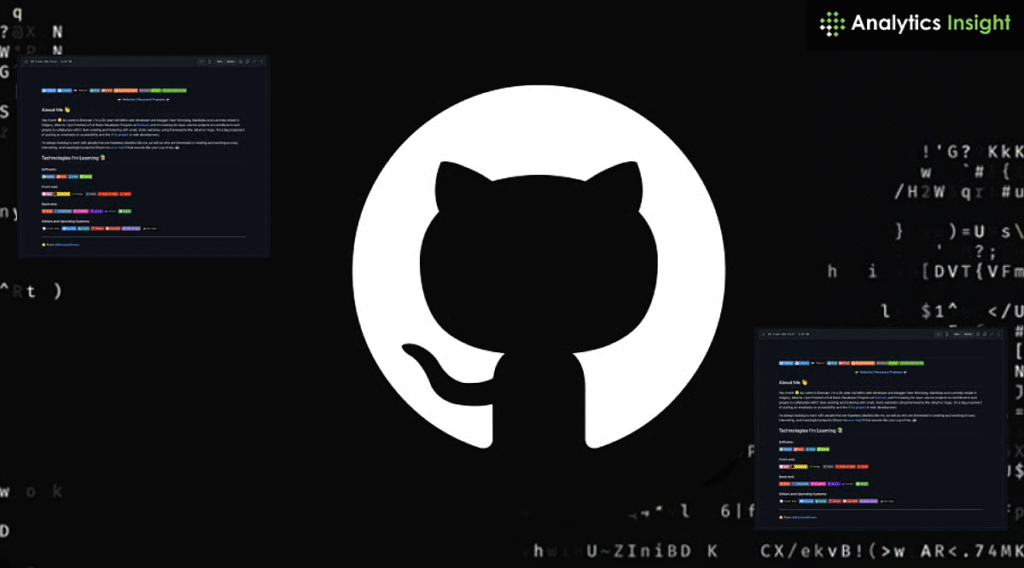Trying to get your foot in the door in data science? You’re not alone. A data science internship is one of the best ways to learn real-world skills, boost your resume, and actually see what working with data looks like.
The good news? You don’t need a fancy degree or to be an expert. You just need to start right.

So, What Is a Data Science Internship?
Let’s clear this up first.
A data science intern usually helps with collecting, cleaning, and analyzing data. Sometimes you’ll assist with machine learning models or dashboards. Other times, you’ll just dig through spreadsheets or write Python scripts to make sense of messy information.
Don’t worry if you’re not a pro yet. Internships are designed to help you learn on the job.
Step-by-Step: How to Actually Get One (Without Overthinking It)
1. Learn the Basics First (No Skipping!)
Before you apply, you need a foundation. You don’t need to know everything, but at least get comfy with:
- Python – great for analyzing data
- Pandas & NumPy – to clean and handle data
- Matplotlib or Seaborn – for charts and visuals
- SQL – to pull data from databases
- Jupyter Notebook – to write and share your work
You can find free beginner courses on platforms like Coursera, Kaggle, or even YouTube.
✅ Example: Analyze a movie dataset with Python and make graphs of ratings over time. Keep it simple but neat.
2. Build a Few Projects (Even Small Ones Count)
Once you know a bit of Python and SQL, try solving real problems. This helps you stand out when you apply.
Project ideas:
- Predict the price of used cars
- Create a dashboard showing global temperatures
- Analyze tweets about a trending topic
Use free datasets from Kaggle or Data.gov.
Push your projects to GitHub with short write ups. You’ll thank yourself later.
3. Take a Short Course (Optional, but Helps)
You don’t need a $10K bootcamp.
Just one or two good online courses are enough to guide your learning and fill in the gaps.
Some solid beginner-friendly picks:
- IBM Data Science on Coursera
- Data Science Bootcamp on Udemy
- Intro to Data Science on DataCamp
4. Fix Up Your Resume (No Fluff)
Keep it clean, short, and to the point.
Here’s what to include:
- Summary: One or two lines about your interest in data
- Skills: Python, SQL, pandas, Tableau, etc.
- Projects: Mention what you built and what tools you used
- Education: School/college or any online certificates
Example resume line:
Analyzed Netflix ratings using Python and visualized trends across countries. Tools: Pandas, Seaborn.

5. Get Your GitHub & LinkedIn Ready
You don’t need 1,000 followers. Just a clean, updated profile and proof you’re learning.
On GitHub:
- Add your projects
- Write a simple README for each one
On LinkedIn:
- Use a clear profile photo
- Write a short bio (2–3 lines about your interests)
- Connect with others in data science
- Post once in a while about what you’re learning
6. Start Searching for Internships
Once you’ve got some skills and projects, it’s time to apply.
Here’s where to look:
- LinkedIn Jobs
- AngelList (great for startups)
- Internshala (India-focused)
- Indeed
- Glassdoor
Set up job alerts for “Data Science Intern 2025” so you never miss out.
7. Customize Each Application
No cookie-cutter resumes or cover letters.
Take a few minutes to mention why you like that company. Talk about your favorite project or what you’re learning now.
Example: “I’m excited about your work in sustainability. I just finished a project analyzing CO2 emissions, which aligns with your mission.”
8. Get Interview-Ready (But Don’t Stress It)
Most interviews ask:
- A few Python or SQL questions
- Maybe a small problem to solve or explain
- And some simple behavioral stuff like “Tell me about a project”
Practice answering with clarity. Don’t bluff—it’s okay to admit you’re still learning.
Helpful resources:
- Pramp – free mock interviews
- Interviewing.io – for technical interviews
- YouTube mock interview videos
9. Keep Learning Even If You Get Rejected
Not hearing back? That’s normal. Most people don’t get the first internship they apply to.
Use rejections as motivation.
Ask for feedback if you can. Tweak your resume. Add another project. Try again.
One “yes” changes everything.
Real Example from a Student
Meet Rahul, 22, from Pune:
“I didn’t know anything about data science last year. I learned Python on YouTube, did 3 projects, and posted them on GitHub. I started applying to internships in January 2025. Got rejected a bunch. Then, a health-tech startup reached out to me after seeing my LinkedIn post. Now I’m interning remotely and working with real hospital data!”
Final Tips (From Someone Who’s Been There)
- Start small and stay consistent
- Don’t wait to feel “ready”—just begin
- Projects > certificates
- Talk about your learning on LinkedIn (it works!)
- Follow data science folks on X/Twitter or YouTube
- Ask for help—it’s okay

FAQ: Data Science Internship for Beginners
1. Do I need a computer science degree to get a data science internship?
No. Many interns come from math, engineering, economics, or even non-tech backgrounds. What matters more is your skills, projects, and ability to learn.
2. What programming languages should I learn first?
Start with Python. It’s beginner-friendly and widely used in data science. Learn SQL next—it’s essential for working with databases.
3. Can I get an internship with no experience?
Yes, if you’ve built a few solid projects. Employers love seeing your practical work—like data analysis notebooks or dashboards—even if you haven’t worked in a company yet.
4. Where can I find data sets for practice?
Try these free resources:
- Kaggle
- data.gov
- UCI Machine Learning Repository
5. What types of projects should I do to impress recruiters?
Simple, clear, and useful projects work best. For example:
- Predicting housing prices
- Visualizing COVID-19 trends
- Analyzing Twitter sentiment about a product
Bonus points if the project solves a real-world problem or tells a good story with visuals.
6. How do I make my resume stand out for a data science internship?
Focus on:
- Your technical skills (Python, SQL, etc.)
- Key projects (what you built, tools used, what you learned)
- Certifications (optional, but useful if relevant)
Avoid buzzwords. Be clear and honest.
7. Is GitHub necessary?
Yes. It’s a free portfolio that lets others view your work. Post your project code, notebooks, and a simple README file explaining what each project is about.
8. How important is LinkedIn for internships?
Very important. Recruiters often search for interns on LinkedIn. A complete, active profile boosts your chances of being discovered—even without applying directly.
9. What if I get rejected by every company I apply to?
Don’t give up. Rejections are normal. Each one teaches you something. Keep improving your skills, projects, and resume. Apply in batches weekly. One “yes” is all you need.
10. Can I get a remote data science internship?
Absolutely. Many companies offer remote internships, especially startups. Sites like AngelList, LinkedIn, and Internshala often list remote roles.
